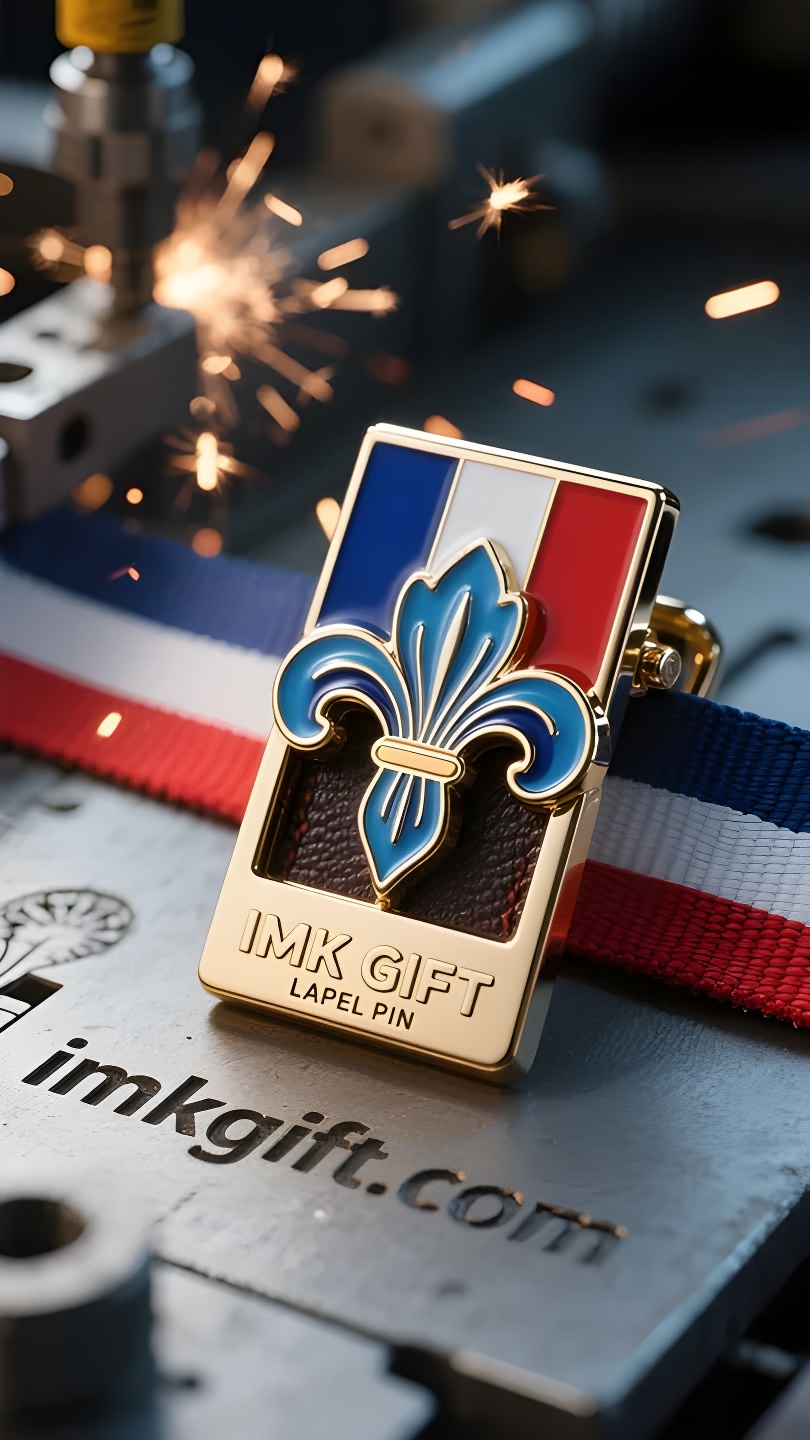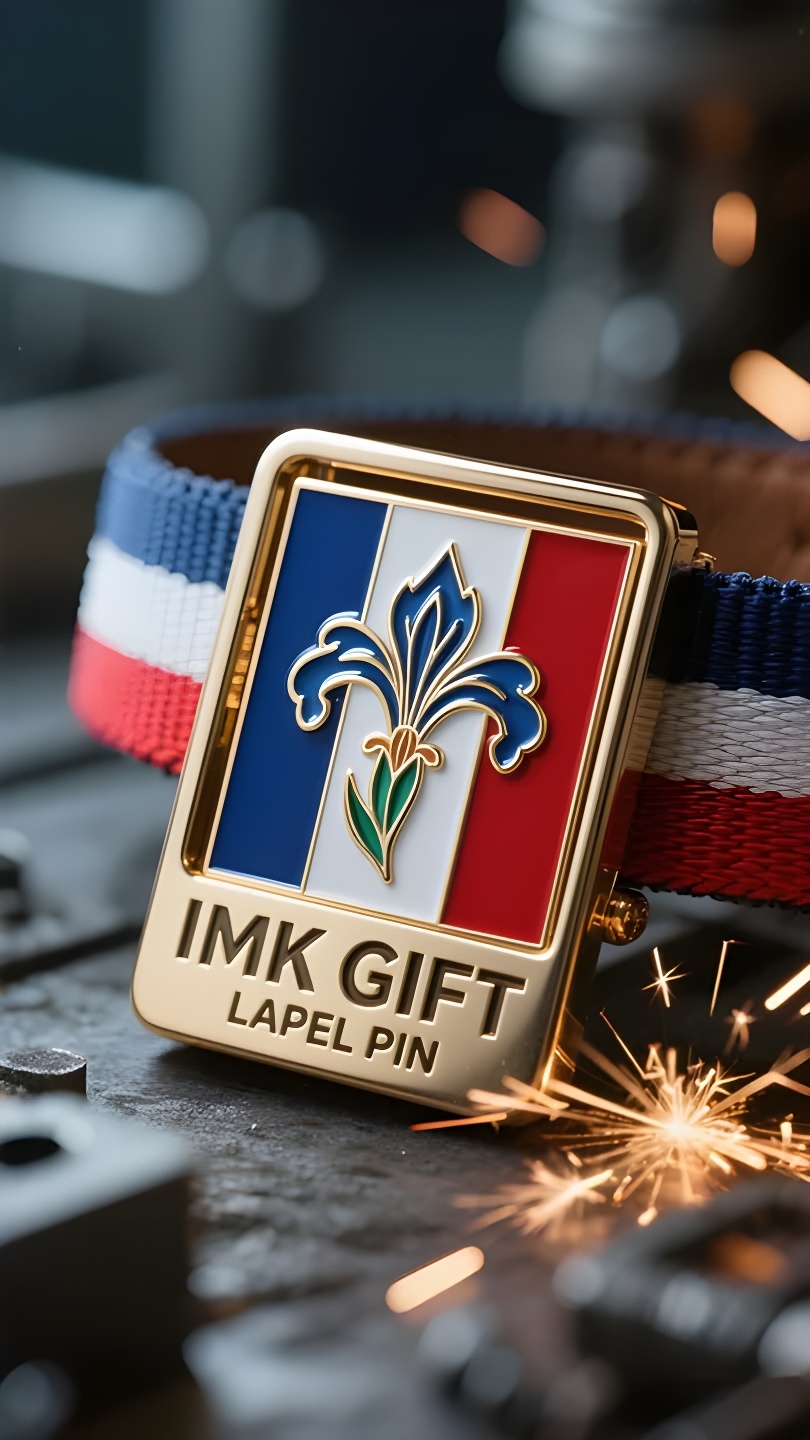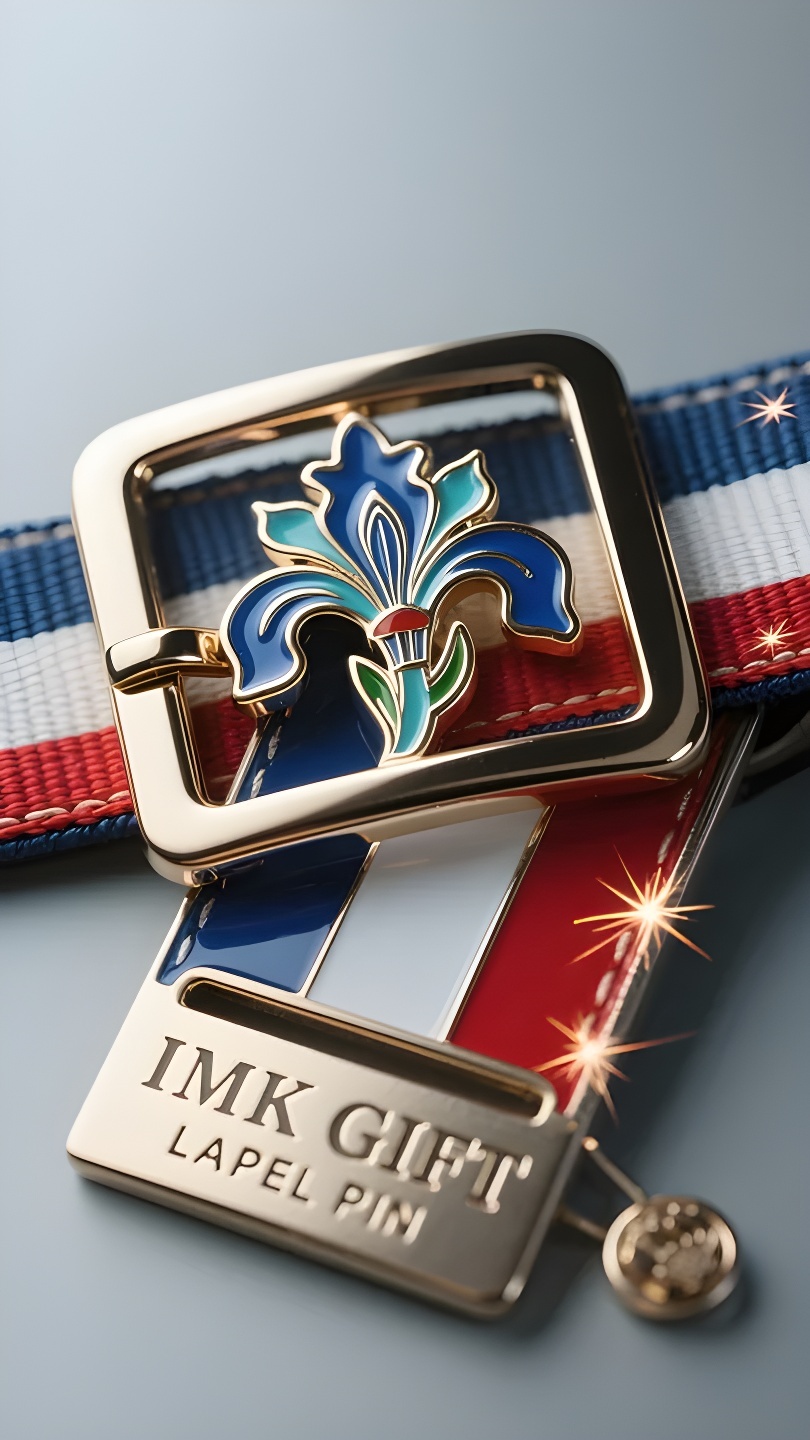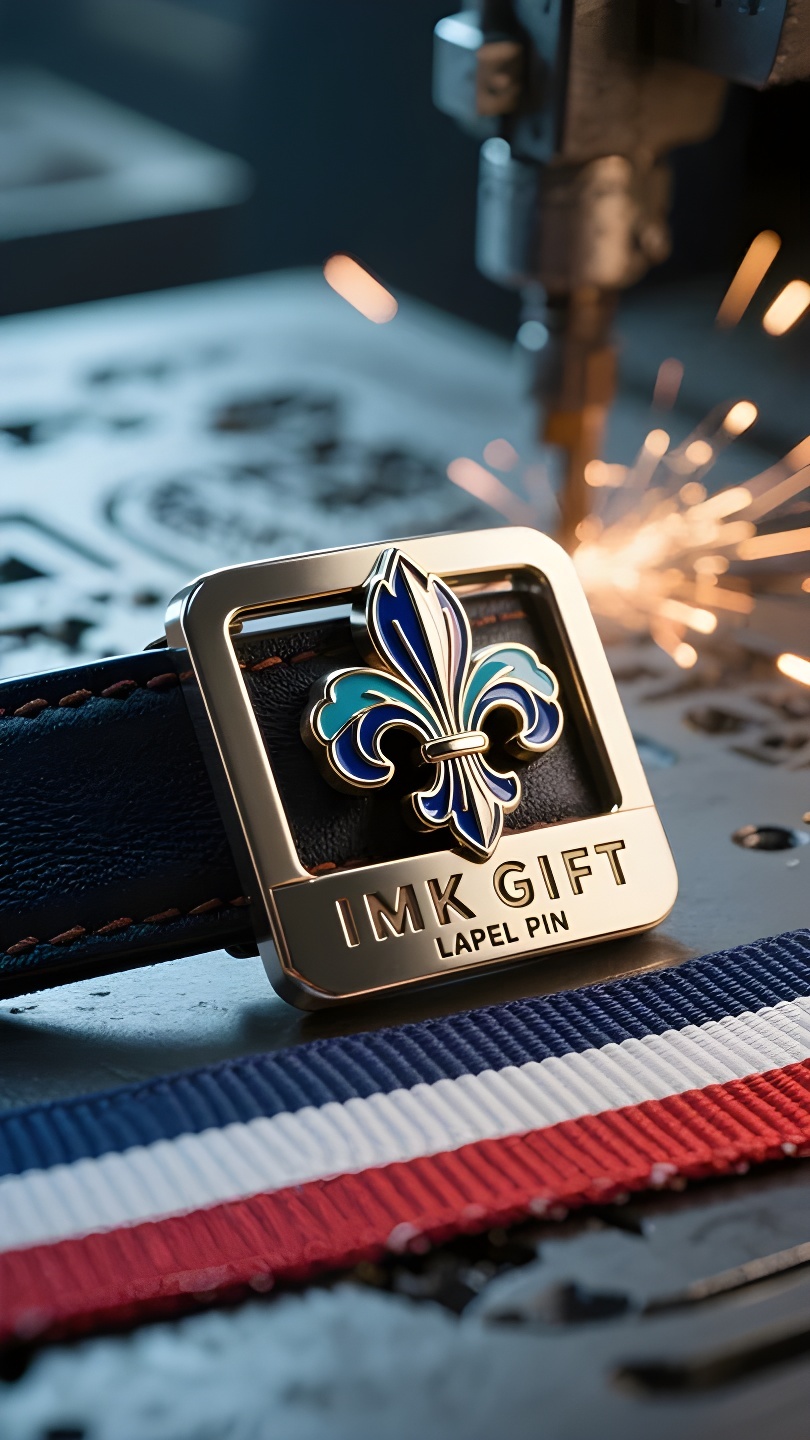in996-Iris-a-lié-la-gloire-et-la-renaissance-de-la-France
▼
Dans les rues de Paris en mai, le drapeau tricolore étire ses tendons rouges, blancs et bleus au vent, tandis que la boucle de ceinture fleurdelisée sur la poitrine du vétéran reflète la lumière argentée au soleil. Cette boucle en métal, héritée de l’époque de la Seconde Guerre mondiale, parle de l’esprit tenace de la France dans son langage symbolique unique. La fleur d’iris est un symbole du pouvoir royal français depuis des milliers d’années, et la forme ascendante de ses pétales implique le souhait de « lumière éternelle ». Durant la Seconde Guerre mondiale, l’armée de résistance a moulé le motif de l’iris dans la boucle de ceinture, lui donnant une nouvelle signification contemporaine : l’arc de chaque pétale est à la fois la trajectoire de la baïonnette traversant la nuit noire et le serment solennel de protéger la patrie. Les soldats attachaient de telles boucles de ceinture et se précipitaient sur le champ de bataille, faisant du symbole un symbole qui transcende la signification décorative et devient un lien spirituel reliant le destin individuel à la survie du pays. Il y a soixante-dix-huit ans, en mai, ce sont les soldats coiffés de boutons fleurdelisés qui ont teint en rouge de leur sang le drapeau national devant l’Arc de Triomphe. Aujourd’hui, lors des activités du Jour de la Libération, le vétéran centenaire retire solennellement la boucle de ceinture qui l’a accompagné pendant la moitié de sa vie et l’épingle autour de la taille des jeunes membres de la garde d’honneur. Au milieu du doux bruit du métal et du cuir frottant l’un contre l’autre, une transmission silencieuse de mission s’est accomplie – ce n’est pas seulement l’héritage de la mémoire de la guerre, mais aussi la transformation de l’esprit d’unité en temps de crise en force motrice du progrès en temps de paix. Alors que les iris fleurissent sur fond de drapeau tricolore, chaque boucle de ceinture bien attachée est un rappel : l’épine dorsale d’un pays n’a jamais été un seul héros, mais plutôt le réseau de résilience tissé par d’innombrables personnes ordinaires avec leur foi. Tout comme les pétales des fleurs finiront par pointer vers le ciel, la gloire de la France sera toujours liée à son peuple qui marche en avant la tête haute.
On the streets of Paris in May, the tricolor flag stretched its red, white and blue muscles in the wind, and the iris belt buckle on the veteran’s chest reflected silver light in the sun. This metal buckle, inherited from the World War II period, is telling the tenacious soul of France with a unique symbolic language. The iris has been a symbol of French royal power for thousands of years, and its upward petals imply the expectation of “eternal light”. During World War II, the resistance army cast the iris pattern into the belt buckle, giving it a new contemporary meaning: the arc of each petal is both the trajectory of the bayonet cutting through the dark night and the oath to protect the country. Soldiers fastened such belt buckles and rushed to the battlefield, allowing the symbol to transcend decorative significance and become a spiritual bond connecting individual destiny with national survival. In May 78 years ago, it was the soldiers wearing iris buckles who dyed the national flag in front of the Arc de Triomphe red with their blood. Today, during the Liberation Day event, the centenarian veteran solemnly took off the belt buckle that had accompanied him for half his life and pinned it on the waist of the young honor guard. The sound of metal and leather rubbing against each other completes a silent mission handover – this is not only the inheritance of the memory of war, but also the transformation of the spirit of solidarity in times of crisis into the driving force for progress in peacetime. When the iris blooms against the backdrop of the tricolor flag, each tightly fastened belt buckle reminds us that the backbone of a country is never a hero, but a network of resilience woven by countless ordinary people with faith. Just as the petals will eventually point to the sky, the glory of France will always be tied to the people who march forward with their heads held high.
五月的巴黎街头,三色旗在风中舒展红白蓝的筋骨,而老兵胸前的鸢尾花皮带扣在阳光下折射出银辉。这枚传承自二战时期的金属扣饰,正以独特的符号语言诉说着法兰西的坚韧之魂。
鸢尾花作为法国王权象征已有千年历史,其花瓣向上的形态暗含”光明永驻”的期许。二战期间,抵抗军将鸢尾花图案铸入皮带扣,赋予其新的时代意涵:每道花瓣的弧度既是刺刀划破暗夜的轨迹,亦是守护国土的铮铮誓言。士兵们系紧这样的皮带扣奔赴战场,让象征物超越装饰意义,成为连接个体命运与国家存亡的精神纽带。
七十八年前的五月,正是佩戴鸢尾花扣的战士们用鲜血染红了凯旋门前的国旗。如今在解放纪念日活动中,百岁老兵郑重解下伴随半生的皮带扣,别在年轻仪仗队员腰间。金属与皮革摩擦的轻响中,完成了一场无声的使命交接——这不仅是战火记忆的传承,更是将危机时刻的团结精神转化为和平年代的奋进动力。
当鸢尾花在三色旗的映衬下绽放新蕊,每个紧扣的皮带扣都在提醒:国家的脊梁从来不是某个英雄,而是无数普通人以信念编织的韧性之网。正如花瓣终将指向天空,法兰西的荣耀永远系于昂首前行的人民。
▼
Contact Us
📞 Tel: +0086-760-85286839
📧 Email: sales3@imkgift.com








